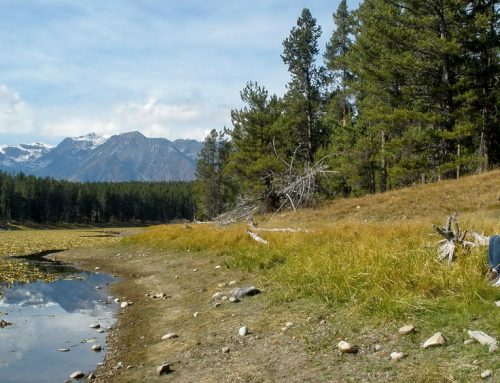
The Fjord Norway region, in the country’s southwest corner, is famed for its namesake topography: steep, green mountainsides that plunge directly down to inlets from the sea. So far, Norway has done a good job of preserving the region; it was named one of the world’s most attractive, unspoiled destinations by National Geographic Traveler, as well as one of the best cared for UNESCO World Heritage Sites. Now it is one of the leaders in the GSTC’s new criteria for destinations. Being one of the early adopters, says Fjord Norway CEO Kristian Jorgensen, is “not just about us wanting to get a stamp of approval. It’s also about us wanting to be involved in developing criteria in this area, in being part of an innovative process.”
Fjord Norway hopes to continue to attract adventure travelers with an even greater focus on sustainability: educating guides to teach travelers about their impact, banning motorized vehicles in many of the ski areas, and nurturing a history that stretches back to the Viking explorers. “Our biggest challenge is the cruise industry,” says Jorgensen. He hopes that working with the GSTC will provide clear guidelines that visiting cruise ships will have to abide by. A consultant will be visiting Fjord Norway in the coming months to help implement the GSTC’s new criteria.




